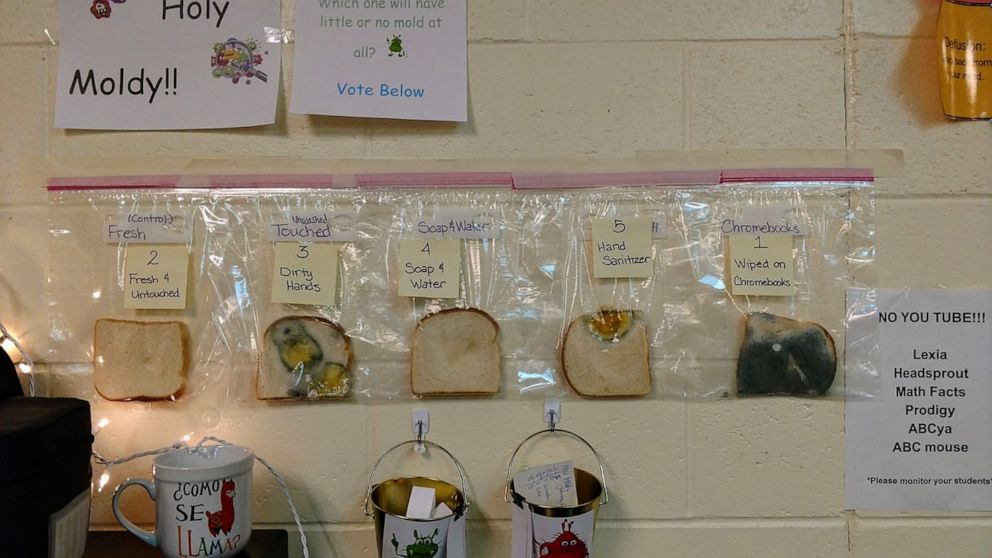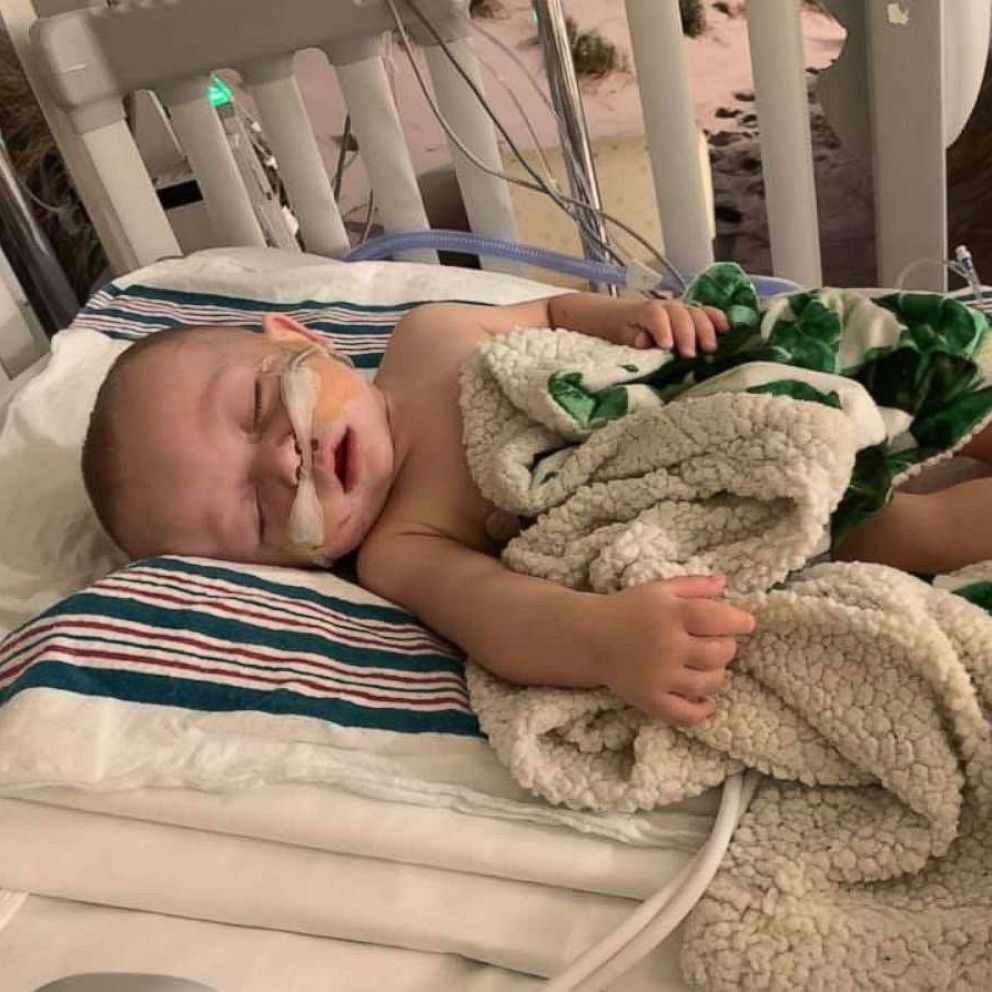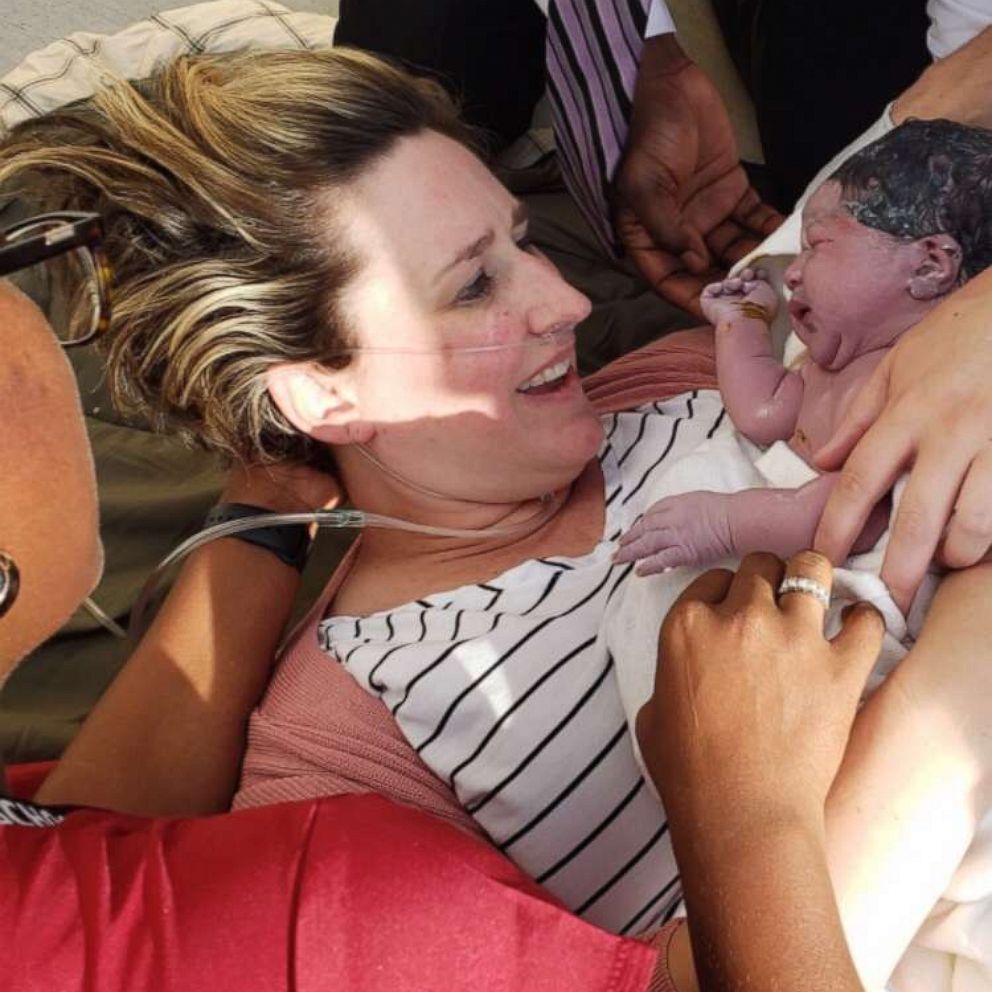Teachers' germ-filled science experiment will make you want to wash your hands
Two Idaho teachers have come up with an eye-opening way to remind students to wash hands during flu season.
Last month, Jaralee Metcalf, a behavior specialist at Discovery Elementary School in Idaho Falls, posted the aftermath of a science project which taught kindergarten through sixth graders the importance of cleanliness.
Metcalf, special education teacher Dayna Robertson and the kids put single slices of bread into bags. The slices were either touched by students with dirty hands, touched with hands washed with soap and water or doused with hand sanitizer.
One slice was wiped on classroom laptops. In a matter of days, mold began forming on some of the bread.
Metcalf posted the results of the experiment onto Facebook, where it was shared 69,000 times. The CDC has estimated at least 9.7 million flu-related illnesses this season.
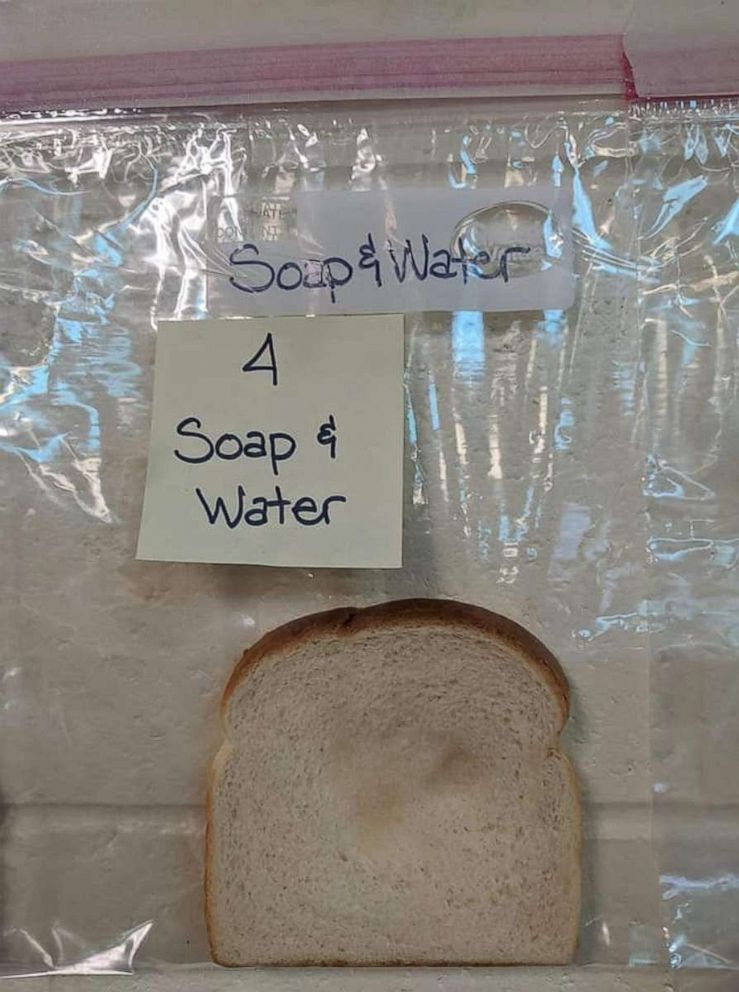

Metcalf said she got the idea from a similar experiment on Mystery Science, an education website.
"It's important because of all the illnesses that are so easily transmitted," Metcalf said of the learning experience. "It's gross and handwashing can help prevent."
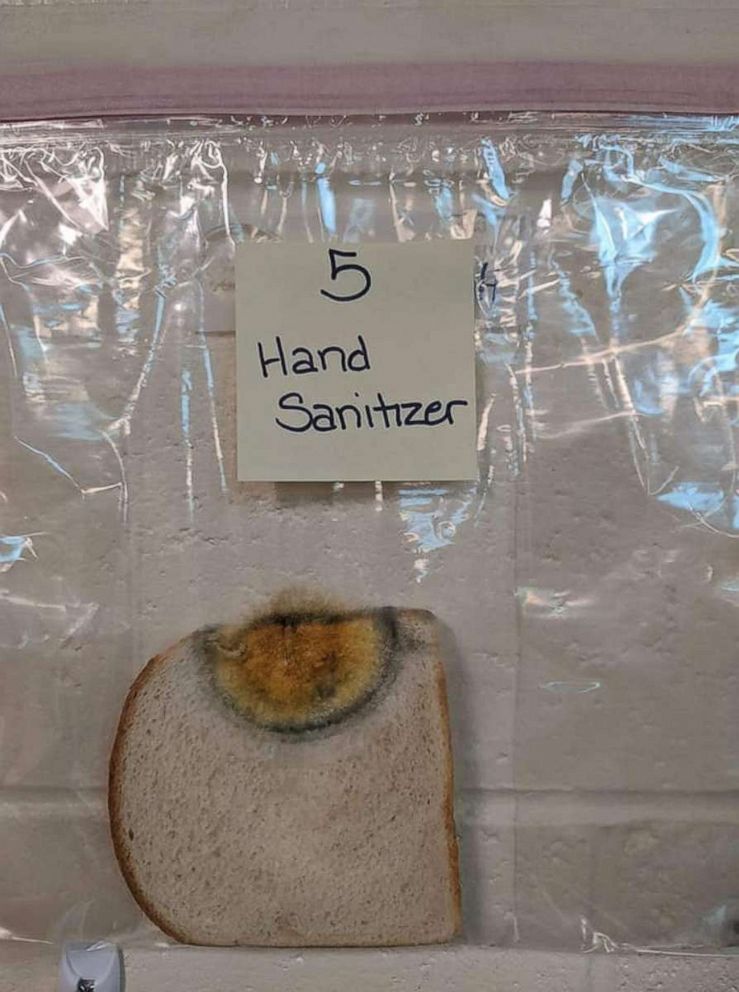
And she's not the only educator to try it out. An elementary school teacher shared the results of her class' bread experiment, which went viral five years ago.
"It is so cool and a great way to teach the importance of hand washing," the teacher wrote in a Facebook post.
According to the CDC's handwashing campaign, there are five steps to washing your hands the right way to prevent the spread of germs.
1. Wet your hands with clean running water, turn off the tap and apply soap.
2. Rub your hands together with the soap. Lather the backs of your hands, between your fingers and under your nails.
3. Scrub your hands for at least 20 seconds. For a timer, the CDC suggests humming the "Happy Birthday" song from beginning to end twice.
4. Rinse your hands well under clean, running water.
5. Dry your hands using a clean towel or air dry.
